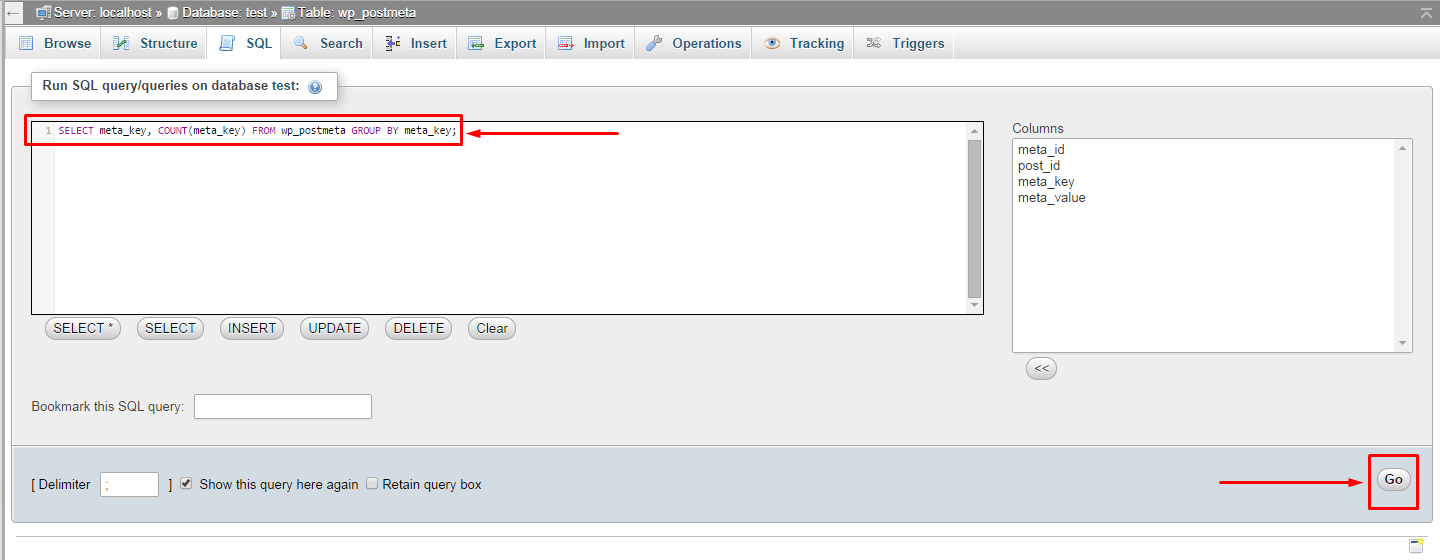
I hope this ultimate guide has been helpful in removing MySQL from your Linux system. In conclusion, removing MySQL from your Linux system is a straightforward process, but it’s important to back up your data and follow the steps carefully to avoid any data loss. Prints the SQL that would be run without actually running it. All you see in the Control Panel are the friendly names, as you can see. First, though, you need to get an inventory of the GUIDs that represent the programs you need to remove. This command can be used to remove stubborn programs through brute force.
#CLEANEXIT FROM SQL INSTALL#
You can now install a different database system or simply enjoy a cleaner system without MySQL. Specifies the message level that will cause the command to exit with a non-zero status. There is a built-in command called msiexec which has an uninstall parameter ( -x ). That’s it! You have now successfully removed MySQL from your Linux system. If there are no MySQL packages installed, you have successfully removed MySQL from your system. This following command lists all the packages installed on your system, and grep for the word ‘mysql’. Make sure to back up your data before removing these files. If that happens, you just stop the service and re-run the uninstaller again to remove the remaining items.
#CLEANEXIT FROM SQL CODE#
SQL formatter is a utility that converts the unreadable SQL code into a. SQL formatting is a tedious task, which can be handled by an SQL formatter.

This tool helps uses to beautify large SELECT statements and make it easy to read. Be careful while removing these files, as they contain important data. SQL Formatter helps to format SQL code data and it helps the developer easy to read the SQL. This removes the MySQL configuration files and data directory. sudo rm -rf /etc/mysql sudo rm -rf /var/lib/mysql Delete the /var/lib/mysql directory from the system but we prefer to rename it to keep a backup of existing files. If you didn’t find this, It may be changed to some other place, which you can find in my.cnf file with variable datadir. Now we need to remove the MySQL data directory from the system which by default exists at /var/lib/mysql. Step 3: Remove MySQL configuration and data files The autoremove and autoclean commands remove unnecessary packages and clean up the package cache. That and your queries might break if you join a table with an ambiguous column name. This removes the MySQL packages and their dependencies from your system. SQL best practices: a brief guide to writing better SQL queries.

The difference in the 2 approaches is when you use echo EXIT, you are literally “typing” into sqlplus prompt whereas in the other case, you are signaling it to end. In this case, exit is an OS level command/program. My suggestion to use exit | sqlplus, uses sending a signal to the program to exit. I have updated the post, to include echo EXIT, based on a comment below.ĮXIT and QUIT are SQL*Plus commands (case doesn’t really matter, just wanted to distinguish them from DOS commands). After many years of being there, I see that this post is one of the popular ones! Who could have thought?!! This tip works on both DOS (Windows command prompt)_ and *nix systems. Essentially piping exit into sqlplus command! When the End of file is reached, SQL*Plus returns to the shell and your shell script can go on!)


 0 kommentar(er)
0 kommentar(er)
